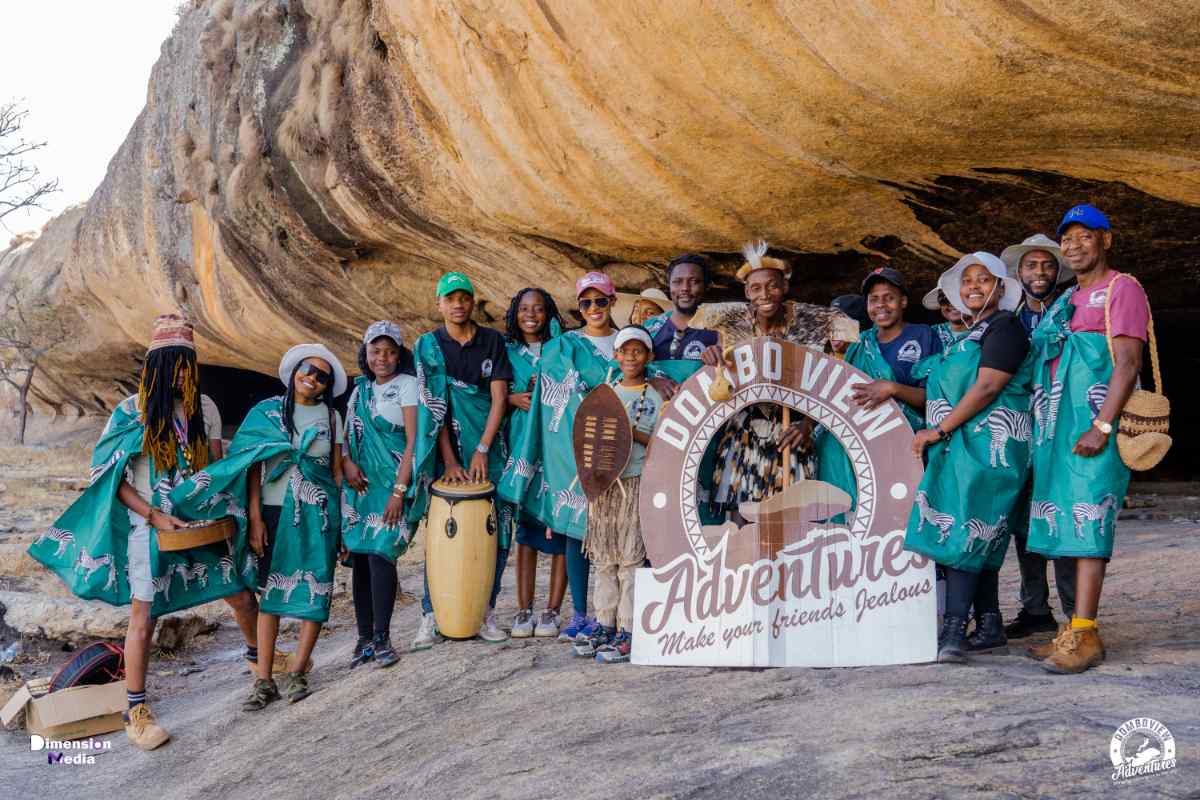+263774777710
info@domboview.co.zw

Nestled in the rugged granite formations of Domboshava, the Mavanga Caves and Mountain stand as silent witnesses to the bravery, resilience, and ingenuity of local people during the First and Second Chimurenga Wars — Zimbabwe’s fierce uprisings against colonial rule.
Living in Secrecy and Solidarity
During these Chimurenga war periods, the Mavanga area served as a strategic refuge and defensive stronghold for freedom fighters (vana mujibha and chimbwidos) and local villagers alike. The caves provided natural shelter, difficult to detect from afar, especially when vegetation was dense. These spaces were used for hiding from colonial patrols, planning ambushes, and shielding vulnerable members of the community — including women, children, and the elderly.
Inside the caves, people lived under harsh conditions: limited light, no fire smoke allowed during the day (to avoid detection), and a constant state of readiness to flee or fight. Despite these hardships, there was a strong spirit of unity, oral planning, and mutual care. Traditional knowledge systems played a key role in organizing life in secrecy.
Waging Guerrilla Warfare
The mountainous terrain gave local fighters a tactical advantage. Knowledge of every slope, hidden path, and crevice allowed them to launch surprise attacks on colonial forces and then disappear into the landscape. Freedom fighters used guerrilla tactics — hiding in the rocks, using caves as lookouts, and sometimes drawing enemy forces into narrow, rocky passages where they could be ambushed.
Young guides from the area, often teenage boys, were instrumental in navigating fighters through the complex terrain. These scouts were known for their bravery and sharp knowledge of the land.
Hiding Food and Supplies
One of the most remarkable aspects of resistance in Mavanga was the ingenious ways people stored and protected their food. Since colonial forces would often burn granaries or poison supplies, the locals developed stealth methods to keep food safe:
Rock Crevices and False Caverns: Deep cracks in the rock faces were used to hide dried grains, pumpkins, and meat, often sealed with rocks and disguised with shrubs or dust to avoid detection.
Underground Pits: Shallow, camouflaged storage pits were dug and lined with dry grass or leaves, used to store maize, sorghum, and groundnuts. These were often shared among several families or fighters.
Natural Refrigeration: Cool, shaded rock overhangs acted like fridges, allowing villagers to preserve food for longer periods — especially smoked or dried meat.
Silent Signals: Specific rock markings or twig arrangements near food hiding spots acted as codes or messages, guiding trusted comrades while misleading intruders.
Spiritual Protection and Belief Systems
The caves were not just physical shelters; they also held spiritual significance. Ancestral spirits were believed to dwell within the rocks, offering guidance and protection to those resisting colonial oppression. Rituals were sometimes conducted quietly, asking for strength, victory, and safe passage. Sacred trees and rocks nearby were avoided by enemies out of fear or respect — another layer of natural protection.
Legacy of Resistance
Today, the Mavanga Caves and Mountain are more than a beautiful part of Domboshava's landscape — they are symbols of resistance, resilience, and ingenuity. The stories passed down through generations remind us that even in the face of brutal colonial rule, the people of Domboshava stood strong, fought smart, and survived with dignity.
Comments